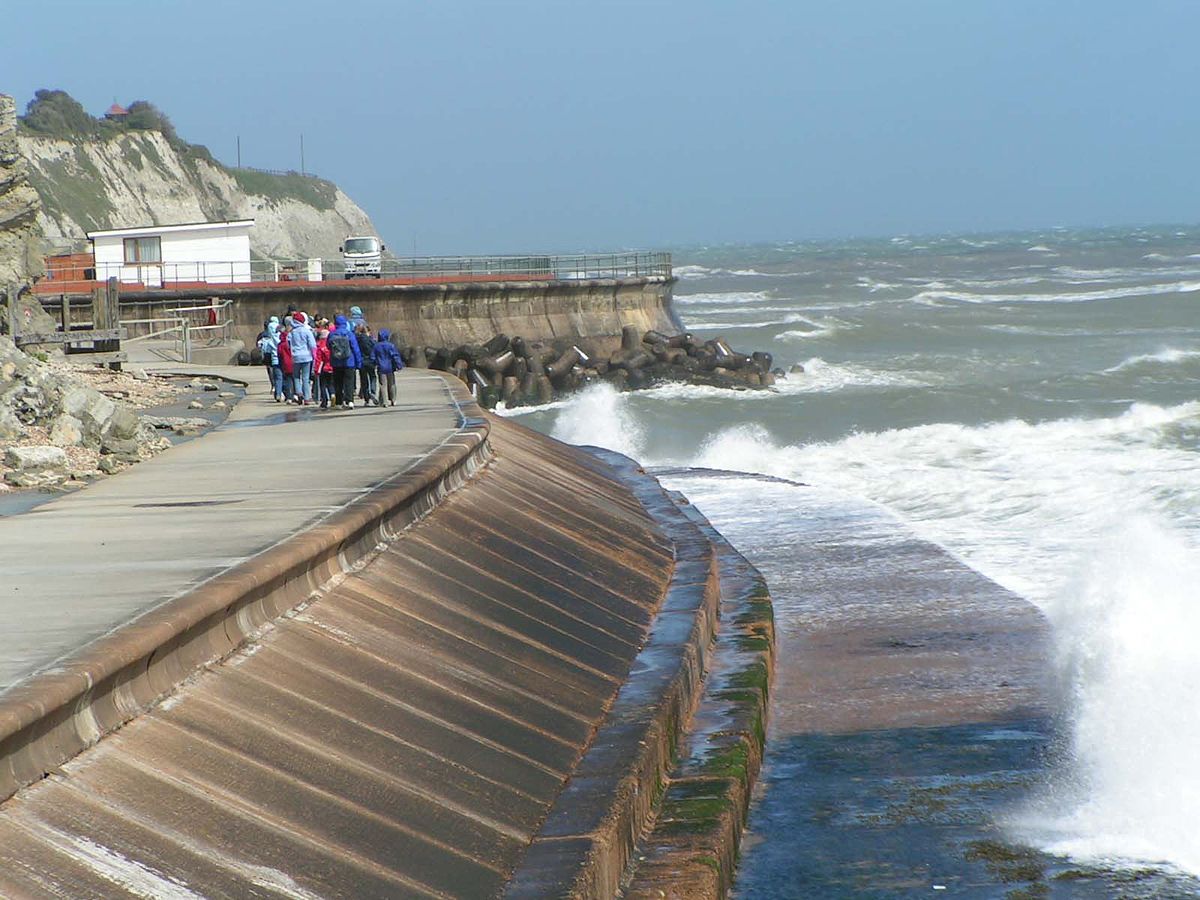Our Shore Protect Team Statements
Not known Facts About Shore Protect Team
Table of ContentsLittle Known Facts About Shore Protect Team.Our Shore Protect Team PDFsShore Protect Team - An OverviewSee This Report on Shore Protect TeamSome Ideas on Shore Protect Team You Should KnowThe Definitive Guide for Shore Protect Team
Living shorelines use natural materials such as plants, sand, rock, or oyster shells. Over time, living shorelines can become more steady as plants and origin systems expand and develop.They normally supply very little to no environmental benefits. Bulkhead construction. Solidified shorelines have a tendency to degrade over time because of wear and tear from waves and storms, and they can incur greater upkeep costs if they require substantial repair services.
The Ultimate Guide To Shore Protect Team


Planting indigenous plant life like dune lawn is an efficient method to shoreline disintegration control. In areas where sand has currently been significantly worn down, sand replenishment is a feasible method for restoration.
The Single Strategy To Use For Shore Protect Team
They limit the transportation of shoreline debris by capturing the longshore present and are developed to shield lengthy stretches of land from disintegration. Debris that is washed down the shore is collected on the updrift side of the structure. Breakwaters are frameworks built parallel to the shore that "break" waves, minimizing the influence on the vulnerable debris of the coastline.
Made from rock and rubble, breakwaters are often immersed undersea yet in some cases can be seen from above. bulkhead services. This disturbance of waves lessens the seriousness of coastline disintegration. Seawalls, additionally referred to as maintaining wall surfaces, play a substantial function in beach reconstruction. Typically made from tough materials like rock, wood, and concrete, they safeguard against tornado rises and are frequently made in emergency situations as a result of their effectiveness and fast building and construction.
Little Known Questions About Shore Protect Team.
Dunes are sand tanks that serve as barriers against wind and water to maintain coastlines intact. Flood bags like TrapBag can be used to support dunes and strengthen the community of shorelines. Due to the fact that sand is such a light-weight material, it is quickly blown or purged away by wind and water.
Global rising sea degrees posture a risk to sand dunes across the world, however TrapBag can reduce erosion by reinforcing the dunes at their core and protecting dunes from low-lying wind gusts. TrapBag can be used to create seawalls and various other shoreline disintegration security frameworks. Heavy, collapsing waves and climbing trends are dreadful for the wellness of coastlines.
Some Known Details About Shore Protect Team
Guarantees conformity with Georgia's Shore Protection Act, controling activities near dunes and coastlines. Find answers to usual questions regarding coastal authorizations, revocable licenses, and other vital info.
If you are planning any type of construction or activity in or near salt marsh in the State of Georgia, you need to call our office for a jurisdictional determination and to learn if you need a CMPA authorization for your project. The Shore Protection Act (HEALTH FACILITY) manages tasks and structures in jurisdictional coastline and coast locations.
Given that 1982, the North Carolina Coastal Federation has functioned to safeguard and bring back the seaside water quality and habitats of North Carolina. We engage people from all strolls of life, both homeowners and visitors, who are dedicated to preserving the North Carolina coastline for existing and future generations. Whether you live and service the coast, browse through on celebration, or just imagine walking along our stunning coastlines, the wellness of your world depends upon healthy and balanced seas and coastal communities.
Shore Protect Team Things To Know Before You Buy
We engage individuals from all profession, both homeowners and site visitors, to help us protect and recover the shore for present and future generations. is the Federation's acclaimed, day-to-day, news solution covering the ecological news of the North Carolina coastline. Coverage includes scientific research advancements, federal government, and governing actions, and education, as well as the environment, society, and history of the state's 20 coastal counties.
Content choices are made individually of the author and any various other persons or rate of interests. Introduced in 2012, Coastal Testimonial has belonged to the North Carolina Press Association considering that 2015. In 2021, the press organization recognized Coastal Review with a first-place honor for civil service, along with a first-place honor for look and design and second-place awards for neighborhood coverage and basic excellence.